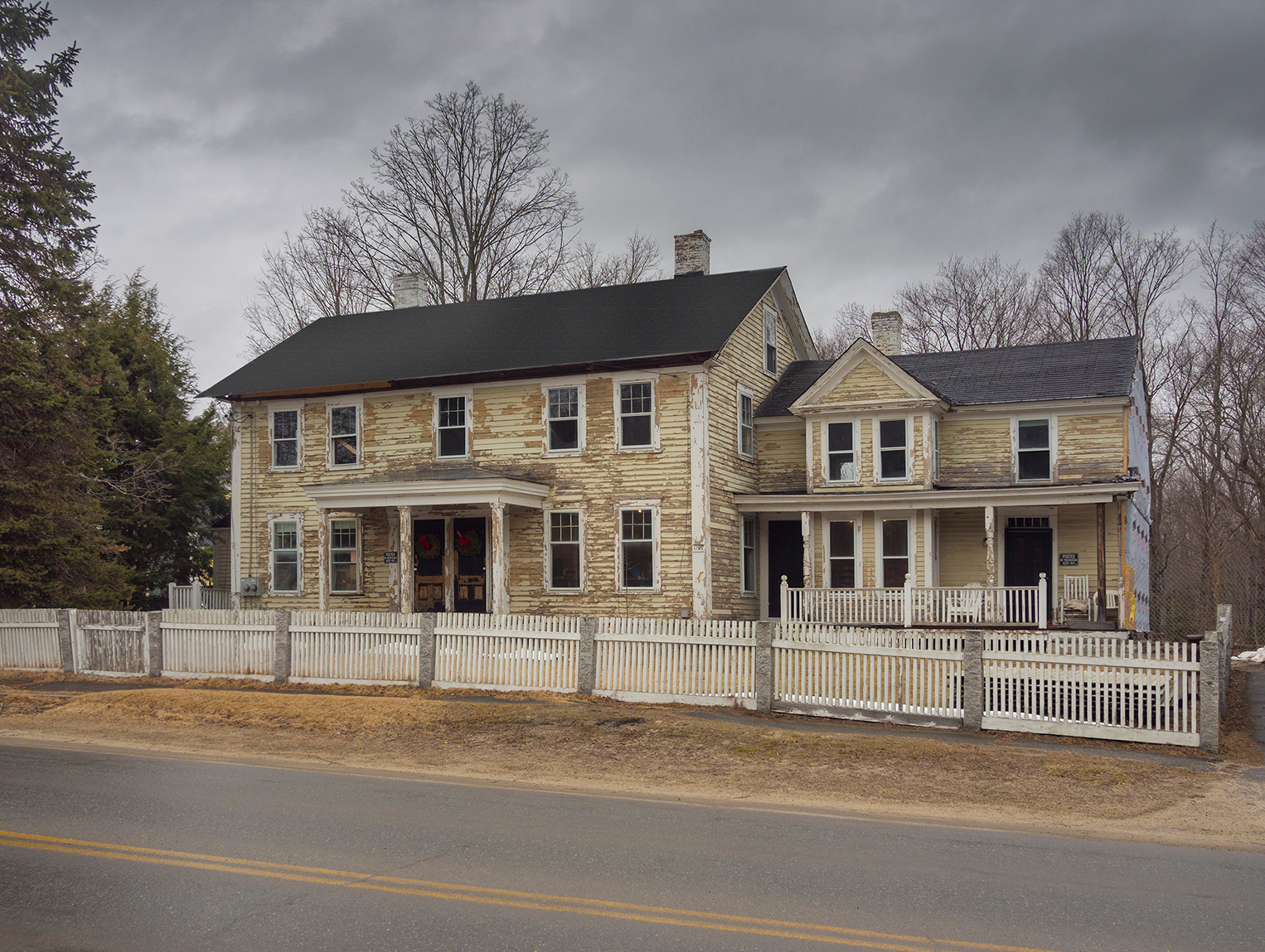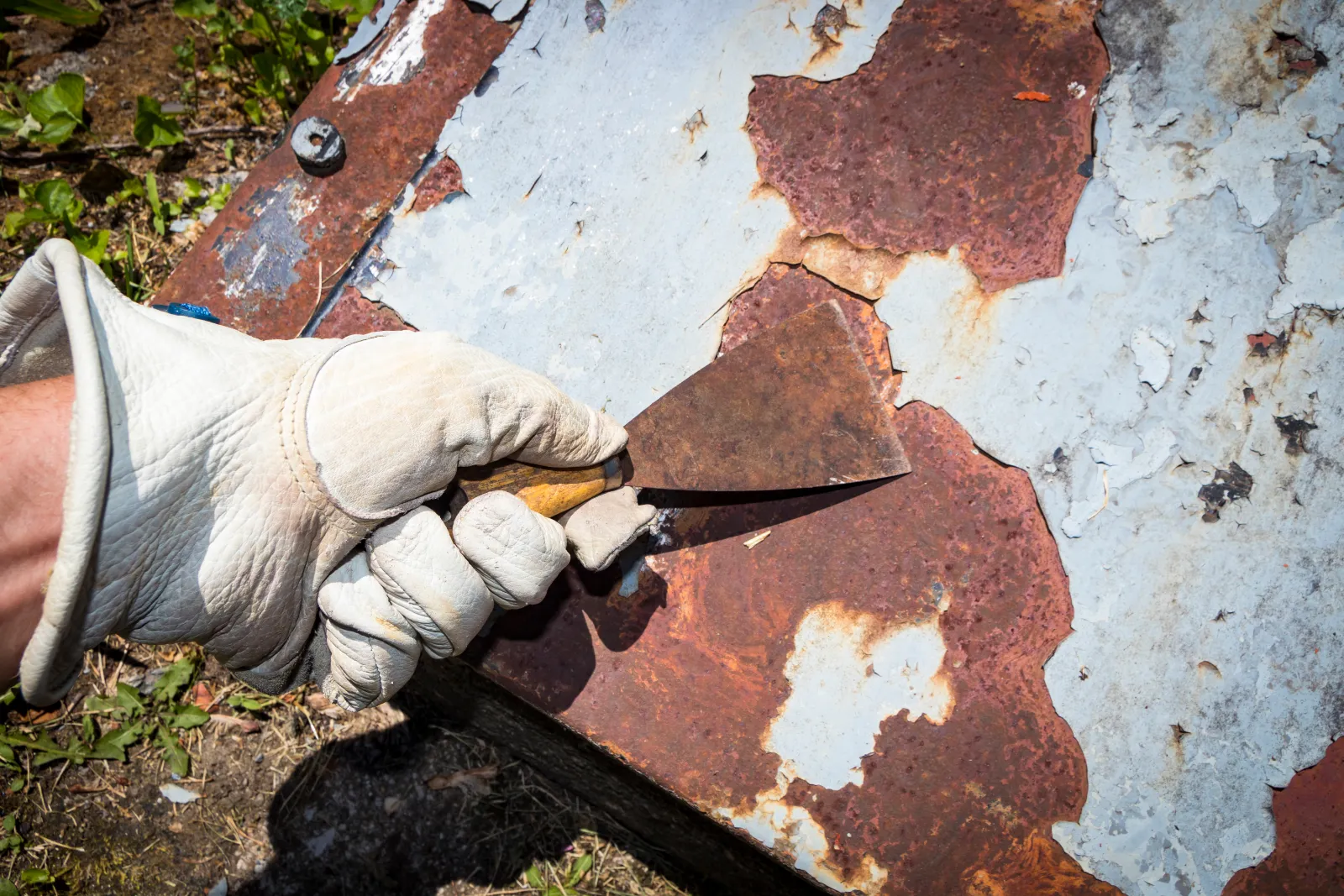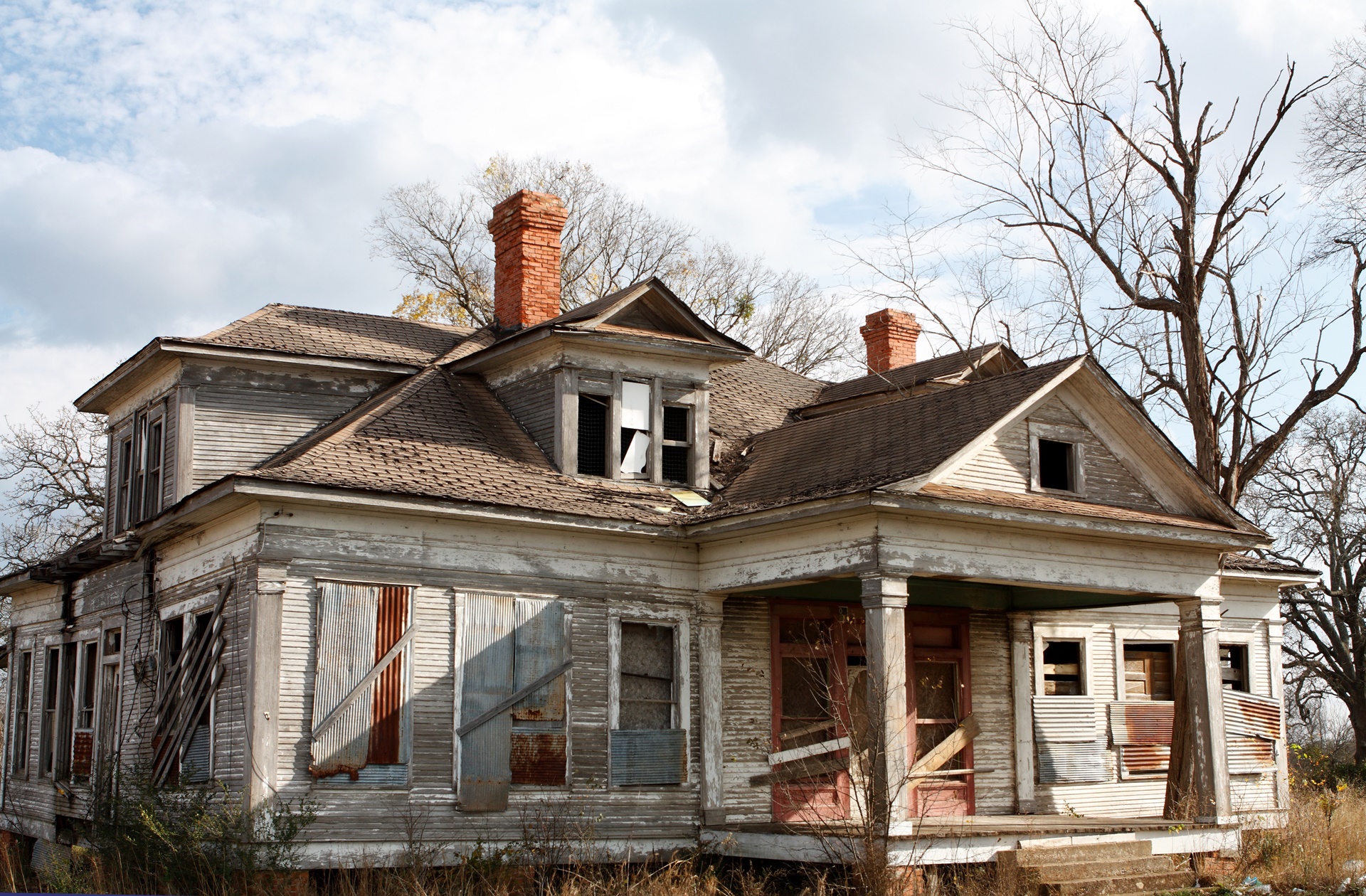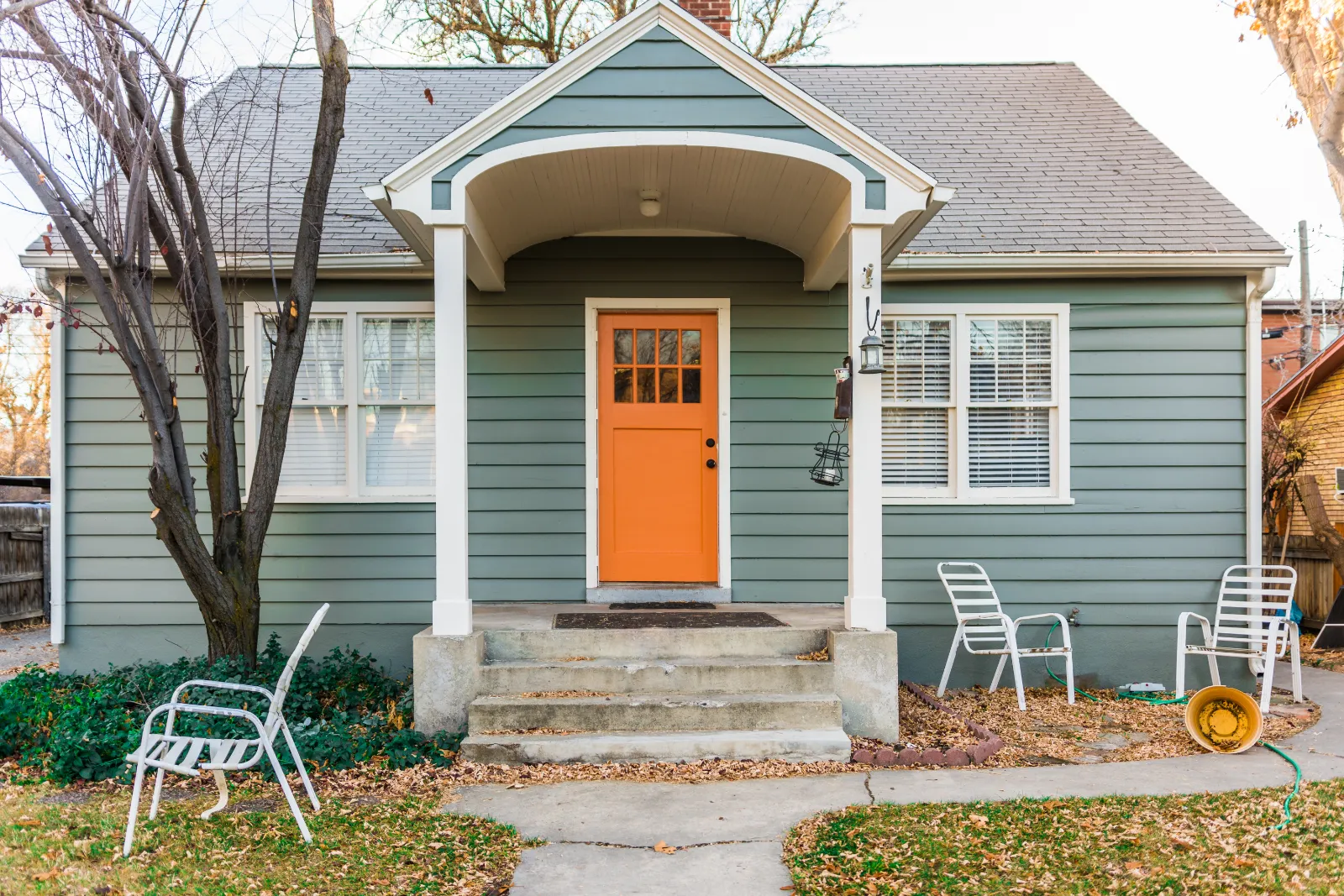Menu

Studies have shown that lead in our bodies causes harm in many ways. Children can have learning difficulties and behavioral problems as a result of lead exposure. Adults are also affected with kidney problems, blood disorders, and neurological problems. If you are living in a house or apartment that was constructed prior to 1978, there is a possibility that there is lead-based paint present. The older the construction, the higher the probability that lead is present.






Lead can enter water by leaching from:
Lead is still used in products such as:



Year House Was Built/Percent of Houses with Lead Based Paint:
Addresses activities that disturb lead-based paint in target housing and child-occupied facilities. It requires: